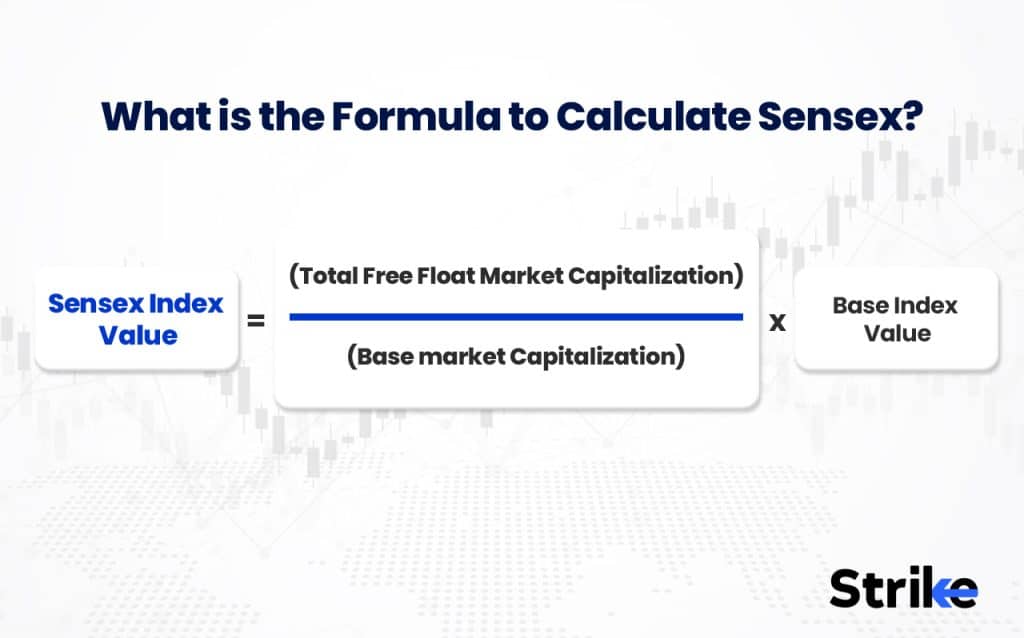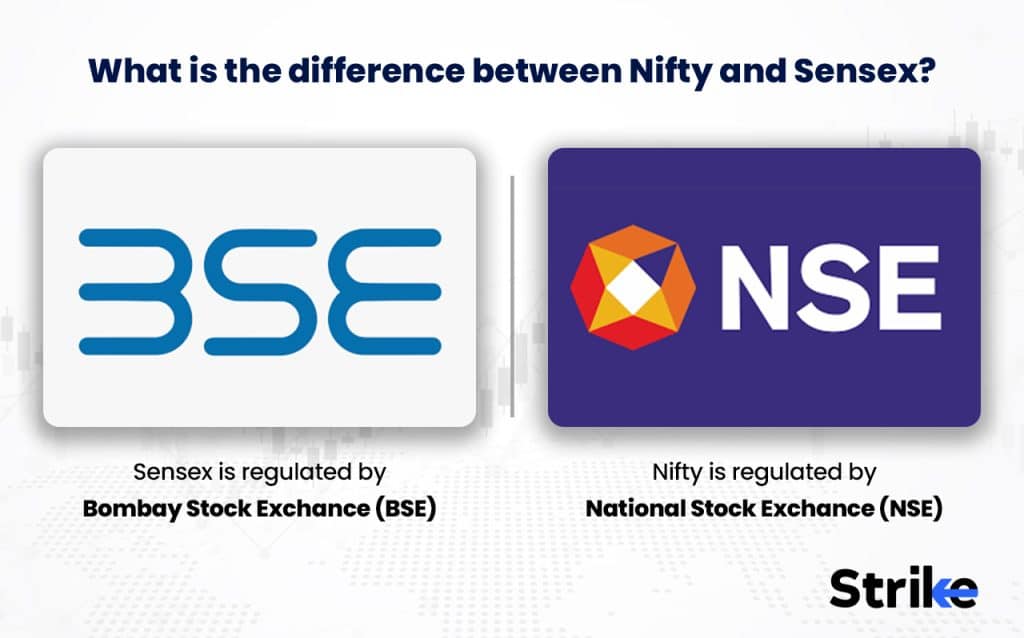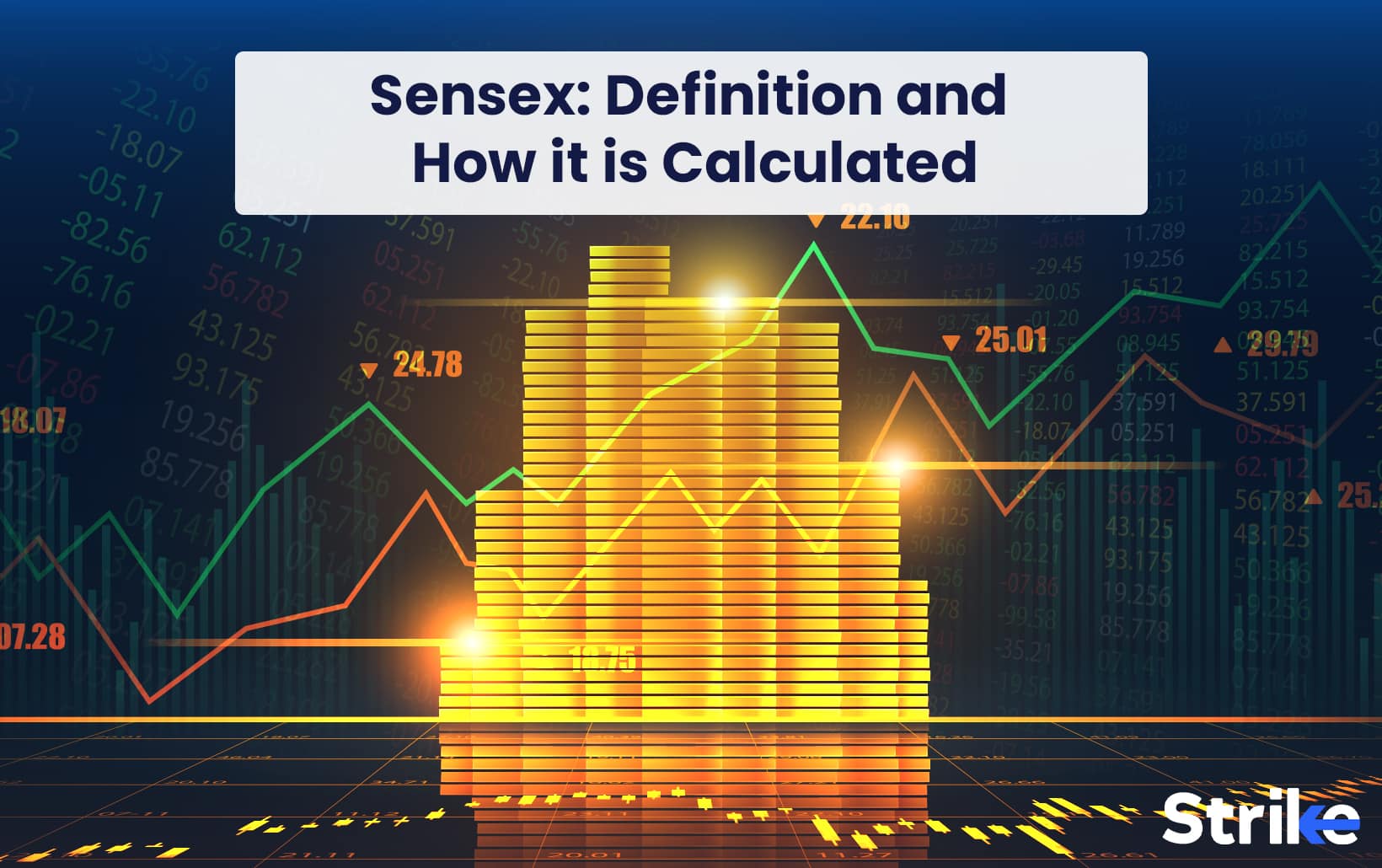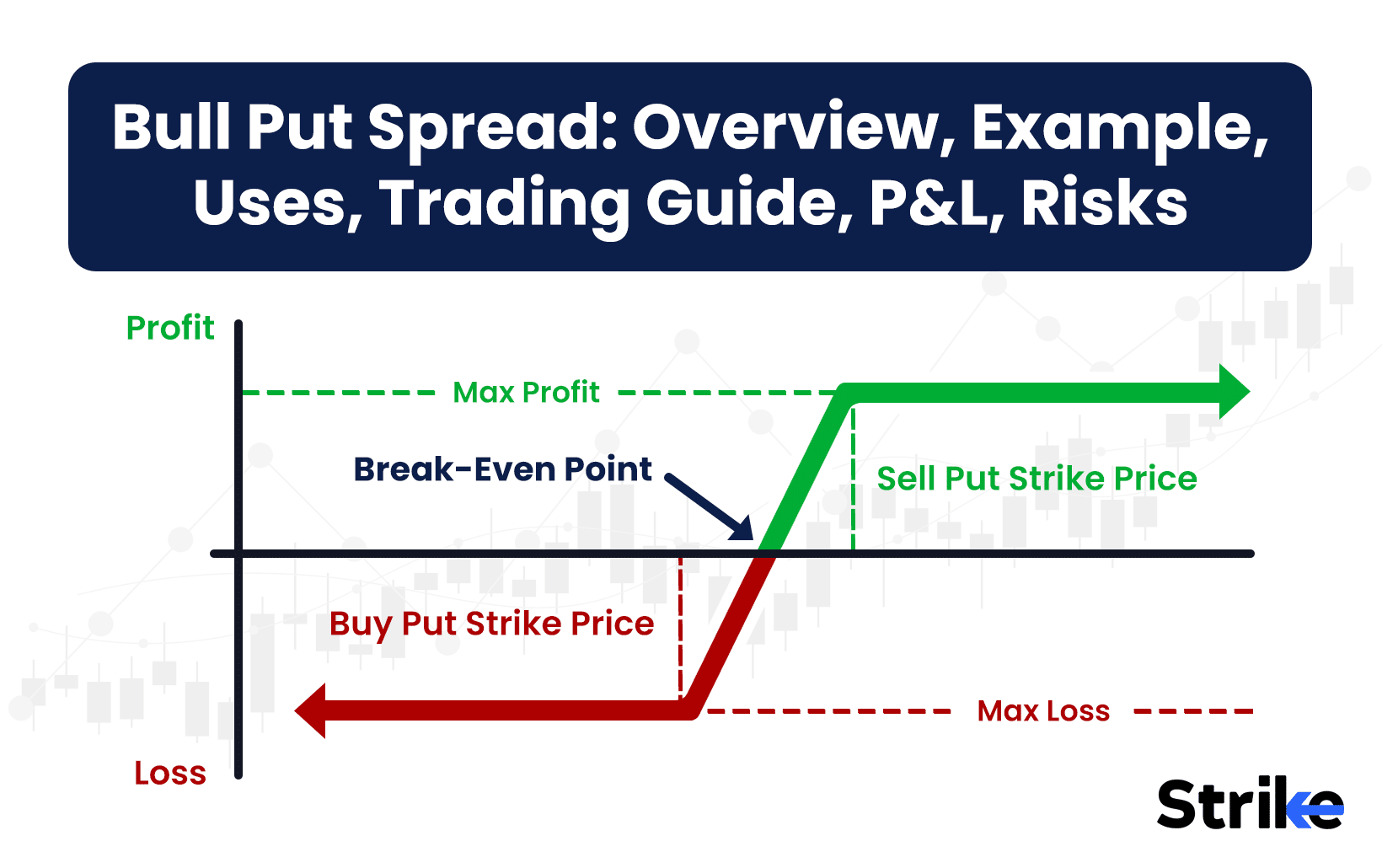The Bombay Stock Exchange (BSE) stock market index is the S&P BSE Sensex (often called the Sensex of BSE 30). (BSE). BSE gauges the 30 most significant, liquid, and actively traded Indian companies. The Sensex is updated continuously and is representative of the combined market capitalisation of the 30 firms that comprise the index.
The value of the 30 firms that make up the BSE Sensex is determined by adding their free-float market capitalizations together. It represents the combined market value of the 30 firms rather than the value of their total outstanding shares. The Sensex is a market capitalization-weighted index, meaning that the components are given relative importance based on their respective market capitalizations, after considering the Sensex’s float.
The years 1978–1979 are used as a point of reference for Sensex’s calculation since their average closing prices represent the average of the stocks’ closing prices during the whole index’s history. Stocks’ current market values are included in the algorithm with the value of the stocks during the base period to get the index value.
The Sensex is computed once daily and then recomputed every 15 seconds during trading hours. Stock splits, rights offerings, and bonus issues are reflected in the index value after being adjusted for in the manner specified. The index itself is revised to reflect these shifts in the index’s components.
The term Sensex was coined by Deepak Mohoni, a stock market analyst in 1989. BSE Sensitive Index then was at about 750 points. it is a portmanteau of the words Sensitive and Index.
What is Sensex?
The BSE Sensex is a widely used stock market index that represents the Indian stock market’s performance. The Sensex is considered a benchmark index, reflecting the overall performance of the Indian stock market. The name “Sensex” is a combination of two words, “Sensitive” and “Index,” coined by Deepak Mohoni, a stock market expert.
The Sensex is reviewed twice a year, in June and December, to ensure that it represents the current state of the market accurately. This review ensures that the index continues to include only the best-performing and most stable companies listed on the exchange.
Investors use the Sensex as a tool to evaluate the performance of individual firms and mutual fund schemes. Senesx is also used by analysts and investors to observe the cycles of India’s economy and to identify trends in specific industries. Market research analysts refer to the Sensex to gain insight into the overall growth and development of the country’s stock market trend.
What is the History of Sensex?
The Bombay Stock Exchange was created in 1986 and is the oldest stock index in India.
Over the years, the BSE Sensex has achieved historical highs, with the index reaching a record high of 30,024.74 points in May 2018. The index has also seen its fair share of volatility, with the index dropping to its lowest point of 5,475.67 points in March 2020, as the COVID-19 pandemic took its toll on the Indian economy.
One of the greatest declines in the Sensex’s history occurred in 2008, amid the global financial crisis. The Sensex peaked at 21,206 points in January 2008, but by October of that year, it had fallen to 8,701 points, shedding more than half of its value in just nine months.
The Sensex rebounded rapidly after this drop, with the Indian government adopting many measures to stabilise the economy. The Sensex began to rebound in late 2008 and had returned to pre-crisis levels by 2009.
How does Sensex work?
The BSE Sensex is a critical index that tracks the performance of the top 30 largest and most actively traded companies listed on the Bombay Stock Exchange (BSE) in India. Sensex provides time series data over an extended period and is calculated using the ‘freefloat market capitalisation’ method. This method involves multiplying the price of each stock by the number of shares that are freely available for trading. This approach gives a more accurate picture of the companies’ total value and their contribution to the index.
The Sensex is a popular tool used by investors worldwide to gauge the Indian economy’s overall health. The index has been on an upward trajectory, reflecting India’s robust economic growth in recent years. The country has emerged as one of the fastest-growing economies in the world, driven by various factors, including a young demographic, a growing middle class, and a supportive government policy.
The objective of the S&P BSE SENSEX is to measure the performance of the top 30 stocks in India by market cap and liquidity. The index has seen a few changes in its methodology as the Indian market has evolved over the past three decades, but none have affected the objective of the index.
The most recent change was the consideration of differential voting right (DVR) shares as securities eligible for inclusion in the index, subject to fulfilling the size and liquidity criteria of the index methodology.
Index Construction
Constituents of the S&P BSE SENSEX are selected based on the following eligibility criteria. Universe: All common stocks and DVR shares that are part of the S&P BSE 100 are eligible for index inclusion.
Market Cap: Constituents must be among the top 75 companies based on their average three-month float or total market cap.
Liquidity: The cumulative weight of the three-month average daily value traded (ADVT) is calculated for companies that meet the eligibility requirements. Any prospective constituents with a cumulative weight of ADVT greater than 98% are excluded from the index.
Minimum Float Weight: Constituents should have a minimum free-float market cap of 0.50% after market cap and liquidity criteria are met.
Sector Representation: The stock selection generally attempts to maintain index sector weights that are broadly in line with the overall market.
Stock Selection: During the periodic review, index constituents that no longer meet the free-float market cap, total market cap, ADVT, and minimum weight criteria are removed and replaced with candidates from the replacement pool.
Constituent Weighting: Every stock in the index is weighted by its float-adjusted market cap. Reconstitution Frequency: The index undergoes a biannual reconstitution in June and December each year
What is the importance of Sensex?
The Sensex is important because it gives investors an indication of the overall performance of the Indian stock market and helps them understand whether their investments are doing well or not. The data of Sensex is also used by policymakers to make decisions about the direction of the economy and financial markets. Additionally, the Sensex is widely used as a barometer to measure the performance of various sectors in the economy.
The Sensex is calculated using a free-float market capitalization approach, which means that it takes into account the total outstanding shares of a company and the current market price. This makes it more reflective of the actual performance of the stock market, as opposed to other indices which take a weighted average of the companies’ market capitalizations.
What is the Purpose of Sensex?
The Sensex’s purpose is to serve as a benchmark for the performance of the Indian stock market. The Sensex tracks the movements of the top 30 largest and most actively traded businesses on India’s Bombay Stock Exchange (BSE). The Sensex provides long-term time series data derived using the ‘freefloat market capitalization’ approach. This strategy assures that the index’s value appropriately reflects the market capitalization of the BSE businesses.
The Sensex is an important instrument for investors, analysts, and policymakers to use in assessing the success of the Indian stock market. Many investors worldwide look to the Sensex as a measure of the general health of the Indian economy, which has expanded significantly in recent decades. Economists and investors use it to track India’s economic cycles and discover trends in certain industries.
Furthermore, the Sensex is important in luring foreign institutional investors (FIIs) to the Indian stock market. These investors use the index to forecast the development prospects of the Indian economy and make investment decisions based on the index’s fluctuations.
How is Sensex calculated?
The Sensex Value is calculated by dividing the total free float market capitalization of the 30 companies listed on the BSE Sensex by the base market capitalization of these companies. This value is then multiplied by the base period index value, which was set to 100 on April 1, 1979.

Let us take the example of Reliance Industries Limited (RIL), which is one of the companies listed on the Sensex. As of February 23, 2023, RIL’s market capitalization was approximately INR 17.5 trillion.
To calculate RIL’s weightage in the Sensex, we need to determine the company’s free float market capitalization, which is the market capitalization adjusted for shares that are not available for trading. Let’s assume that RIL’s free float market capitalization is INR 14.0 trillion.
Assuming the base market capitalization of all 30 companies on the Sensex is INR 158.91 trillion, we can calculate the weightage of RIL in the index as follows:
RIL weightage = (Free float market capitalization of RIL / Total free float market capitalization of all 30 companies on Sensex) * 100
RIL weightage = (INR 14.0 trillion / INR 635.68 trillion) * 100
RIL weightage = 2.20%
We can calculate the contribution of the company to the Sensex’s value using RIL’s weightage in the Sensex, RIL’s contribution to the index would be 2.20% of 50,000 points, which is 1,100 points if the Sensex value is 50,000 points and RIL’s weightage is 2.20%.
What is the Market Cap of Sensex this 2023?
The current market capitalization of the BSE Sensex stands at ₹276.713 lakh crore, while the current Sensex points are 59,605.80. The Sensex has experienced a robust growth trajectory, and analysts anticipate a positive outlook for the index’s future performance.
According to market experts, the Sensex is expected to reach 68,000 points, and the Nifty is expected to reach 20,100 points by the end of 2023.
What are the criteria the S&P BSE index Committee uses to select constituents?
The S&P BSE index committee is responsible for selecting the constituents that make up the BSE Sensex. The committee follows five main criteria while selecting the companies to ensure that the index represents the overall state of the Indian economy accurately.
1. They should be listed on the Bombay Stock Exchange in India.
The companies that comprise the BSE Sensex must be listed on the BSE, India’s oldest and most prominent stock market. The BSE is well-known for its stringent listing criteria and is regarded as a sign of confidence and openness. The Sensex offers investors a realistic picture of the Indian equities market by restricting its components to businesses registered on the BSE.
2. They should be an enterprise with a substantial to mega-cap.
The Sensex committee selects companies with substantial to mega-cap, i.e., companies that have a significant market capitalization. This criterion ensures that only the largest and most influential companies in India are included in the index, which is important because these companies play a critical role in driving the country’s economic growth.
3. Stocks should be reasonably liquid.
The companies included in the Sensex must have reasonably high liquidity, which means that the stocks of these companies should trade frequently and in significant volumes. This criterion ensures that the Sensex remains a highly tradable index, which is important for investors who wish to enter or exit the market quickly.
4. Companies should make money out of their main businesses.
The companies included in the Sensex must make money from their primary businesses. This criterion ensures that the companies included in the index are profitable and have a solid business model. This is important because companies that are profitable and have a sound business model are likely to provide stable returns to investors over the long term.
5. They should maintain a sector that is roughly balanced and parallel to the Indian equity market.
The Sensex committee selects companies from different sectors of the Indian equity market to ensure that the index has a roughly balanced sector representation. This criterion ensures that the index is diversified, which is important because a diversified portfolio is less vulnerable to sector-specific risks.
By having a sector-wise balance in the Sensex, investors can get an accurate picture of the overall state of the Indian economy. The Sensex selection criteria ensure that the index is representative of the overall state of the Indian economy.
What are the benefits of Sensex?
Investing in the constituents of the Sensex has advantages, such as:
- Higher Liquidity: The constituents of the Sensex are highly liquid, which means that buying or selling these stocks is easy and quick. This high liquidity ensures that you can buy or sell the stocks at the market price without affecting the market, which can be beneficial for investors.
- Versatility: Investing in the Sensex constituents provides you with a diversified portfolio, covering various sectors of the Indian economy. This diversification reduces the risk of investing in a single sector, ensuring that you are not overly exposed to any particular sector’s volatility.
- Higher Returns in Shorter Periods of Time: Investing in the Sensex constituents has the potential to provide higher returns in shorter periods of time. This is because the Sensex comprises some of the largest and most profitable companies in India, and investing in these companies can be highly rewarding for investors.
- Acquire Ownership and Right to Vote: By investing in the Sensex constituents, you acquire ownership of the company, which entitles you to vote at the company’s Annual General Meetings. This means that you can participate in the company’s decision-making process, which can be beneficial for your investment.
- Regulatory Environment and Framework: The Sensex constituents are regulated by the Securities and Exchange Board of India (SEBI), which ensures that the companies follow the required regulatory framework. This ensures that investors are protected and can invest in these companies with confidence.
Investing in the Sensex constituents can be highly beneficial for investors due to their higher liquidity, versatility, the potential for higher returns, right to vote, and the regulated environment.
What are the downsides of Sensex?
Investing in the Sensex can have several benefits, but there are also some potential drawbacks that investors should be aware of. These include:
- Increased chances of volatility: The stock market is inherently volatile, and investing in the Sensex constituents can expose investors to increased market volatility. This can lead to higher risks and potential losses, especially for short-term investors.
- Market danger: The Sensex is influenced by various factors, including economic conditions, political events, and global trends. If any of these factors change suddenly, it can significantly change the Sensex, potentially resulting in losses for investors.
- Time-consuming: Investing in the Sensex requires time and effort to analyze the individual stocks, monitor the market conditions, and manage the portfolio. Investors must devote time to research, analysis, and tracking of stocks, which can be time-consuming and challenging for some investors.
- Sector concentration: The Sensex is dominated by a few sectors, such as financials and energy, which can result in sector concentration risk for investors. This means that a downturn in these sectors can lead to a significant decline in the Sensex, resulting in losses for investors.
- Limited diversification: Although the Sensex provides some diversification across sectors, it is still limited to 30 companies. This means that investors need to be fully diversified across different asset classes, such as bonds, commodities, or real estate, which can limit their portfolio diversification.
Investors should also be aware of the potential risks and drawbacks, such as market volatility, concentration risk, and limited diversification. It is essential to evaluate these factors carefully and determine whether investing in the Sensex suits their investment objectives, risk tolerance, and overall financial goals.
What are the Constituents of Sensex?
The 30 constituents of BSE Sensex as of February 23, 2023 are listed below.
| Name | Last | High | Low | Chg | Chg% | Volume |
| AXIS Bank | 845.15 | 848.4 | 830.05 | 12 | 0.0144 | 93.01K |
| Asian Paints | 2706.35 | 2803.05 | 2701 | -89.55 | -0.032 | 74.11K |
| Bajaj Finance | 6202.9 | 6261.85 | 6125.1 | 4.3 | 0.0007 | 29.12K |
| Bajaj Finserv | 1347.55 | 1364.45 | 1341.05 | -13.75 | -0.0101 | 73.13K |
| Bharti Airtel | 762.55 | 777.45 | 761.6 | -10 | -0.0129 | 65.89K |
| Dr. Reddy’s Labs | 4465.3 | 4512 | 4441 | -9.9 | -0.0022 | 3.07K |
| HCL Tech | 1096.55 | 1111.65 | 1092.65 | 4.1 | 0.0038 | 29.09K |
| HDFC Bank | 1603.35 | 1616.6 | 1592.3 | -11.2 | -0.0069 | 149.43K |
| Hindustan Unilever | 2487 | 2515.2 | 2479.35 | -6.3 | -0.0025 | 10.65K |
| Housing Development Finance | 2602.75 | 2617.2 | 2582 | -12.5 | -0.0048 | 11.01K |
| ICICI Bank | 840.1 | 844 | 833.55 | 1.75 | 0.0021 | 112.38K |
| ITC | 387.6 | 394 | 383.1 | 3.75 | 0.0098 | 1.13M |
| IndusInd Bank | 1078.5 | 1096.75 | 1066.9 | -14.25 | -0.013 | 86.16K |
| Infosys | 1551.5 | 1570 | 1548 | -11.05 | -0.0071 | 220.64K |
| Kotak Mahindra Bank | 1707.05 | 1713.95 | 1688.05 | 6.4 | 0.0038 | 37.67K |
| Larsen & Toubro | 2159.8 | 2208 | 2155 | -30.6 | -0.014 | 41.06K |
| Mahindra & Mahindra | 1313.45 | 1325 | 1305.35 | -5.2 | -0.0039 | 22.15K |
| Maruti Suzuki | 8691.1 | 8749.5 | 8616.65 | 36.3 | 0.0042 | 99.71K |
| NTPC | 169.6 | 171.65 | 169 | -0.7 | -0.0041 | 1.16M |
| Nestle India | 18645.4 | 18825.65 | 18563.6 | -20.95 | -0.0011 | 513 |
| Power Grid | 213.25 | 215.75 | 212.8 | -1.3 | -0.0061 | 189.80K |
| Reliance Industries | 2367.55 | 2394.95 | 2361.5 | -11.45 | -0.0048 | 265.84K |
| SBI | 520.8 | 524 | 511.25 | 4.45 | 0.0086 | 674.57K |
| Sun Pharma | 973.4 | 977.95 | 964 | 5.05 | 0.0052 | 17.32K |
| Tata Consultancy | 3414.1 | 3453.75 | 3408 | 13.55 | 0.004 | 41.91K |
| Tata Steel Ltd | 111.9 | 113.7 | 111.3 | 0.75 | 0.0067 | 1.51M |
| Tech Mahindra | 1128.55 | 1149.45 | 1123.35 | 2.7 | 0.0024 | 125.00K |
| Titan Company | 2394.6 | 2430 | 2380 | -29.85 | -0.0123 | 22.18K |
| UltraTech Cement | 7183.2 | 7266.7 | 7144 | -23.3 | -0.0032 | 6.46K |
| Wipro | 393.95 | 398.7 | 393.3 | -1.25 | -0.0032 | 273.86K |
The above stocks are often the portfolios of some funds, such as ETFs and Index funds.
What is the Biggest Constituent of Sensex?
The biggest constituent of the Sensex is Reliance Industries Limited, with a weightage of approximately 10% as of February 2023 as of the latest available data,
Is Sensex and Stock Market the same?
No, Sensex and Stock Market are not the same. Sensex is a stock exchange index based on the top 30 stocks listed on the Bombay Stock Exchange (BSE). It is the most commonly used benchmark for the Indian equity markets and is used to measure the overall performance of the market.
The Stock Market, on the other hand, refers to all the exchanges and markets where stocks are bought and sold. This includes the BSE as well as other exchanges like the National Stock Exchange (NSE). The Stock Market is a broader term that encompasses all exchanges and all stock trading.
Is it good to invest in Sensex?
Yes, investing in the Sensex yield good returns if done correctly. It is important to ensure that you do the necessary research and understand the potential risks involved before investing.
Investing in the stock market is a high-risk venture, so it is important to be aware of the risks involved and only to invest an amount of money you can afford to lose. Finally, it is important to remember that past performance does not indicate future success, so it is important to keep an eye on the stock market and monitor your investments.
Can we invest money in Sensex?
The Sensex is not an investment instrument in itself, but rather a stock market index that tracks the performance of 30 of the largest and most actively traded companies listed on the Bombay Stock Exchange (BSE) in India. However, it is possible to invest in the constituent stocks of the Sensex by buying shares in those companies directly or through various investment instruments like mutual funds, exchange-traded funds (ETFs), or index funds that track the Sensex.
What is the difference between Nifty and Sensex?
Below are the basic differences between Sensex and Nifty

- The Sensex comprises 30 large, well-established, and financially sound companies, while the Nifty comprises 50 companies listed on the National Stock Exchange (NSE) of India.
- The Sensex has historically been considered the benchmark index for the Indian stock market due to its longevity and performance track record.
- The Sensex was introduced in 1986, while the Nifty was introduced in 1996, which makes the Sensex older.
Both indices are used as a barometer of the Indian economy and provide valuable insights into market trends and investor sentiment. Investors can use both indices to create diversified portfolios and to gain exposure to a broad range of sectors and industries in the Indian equity market.






 Previous Article
Previous Article






No Comments Yet